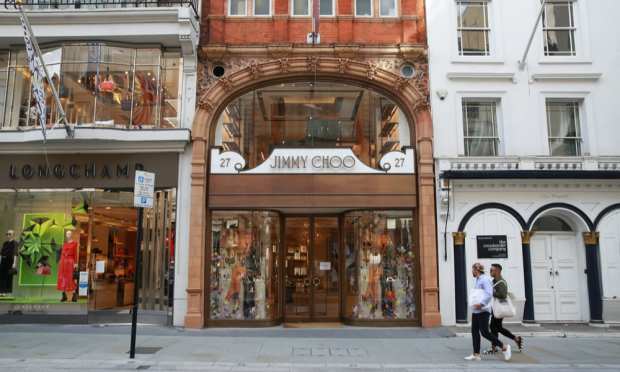Latest Economic Data Sends Mixed Signals About Consumer Holiday Spend

Hopes for fresh signs of strength heading into the holiday shopping season were crimped Thursday (Oct. 1) after the first major data report of the fourth quarter showed a continuation of America’s recent economic woes.
New figures from the Bureau of Economic Analysis showed that personal income fell 2.7 percent in August — its third-largest decline ever — after $600-a-month enhanced unemployment benefits ended in July. Not surprisingly, consumers with lower incomes had less money to spend, and accordingly, the report showed that growth of personal spending also slowed for the fourth straight month, rising by just 1 percent in August.
But at the same time, the savings rate — a key measure of disposable income — declined to 14.1 percent in August, down from 17.8 percent in July and a record 33 percent in April.
Taken together, this trio of pre-holiday data has economists concerned, although not yet expecting the U.S. economy to experience a “double-dip” recession. But even before Thursday reports, there were signals that consumers were increasingly price conscious and actively looking for deals.
Expect A Holiday Of Online And Socially Distanced Shopping
PYMNTS research has shown that more than half of U.S. shoppers have changed their buying habits during the pandemic, and expect to keep them altered even after the outbreak ends.
“It appears that as more consumers grow accustomed to shopping and ordering food online, the more likely they are to maintain their online behavior,” the recent “How We Shop” study by PYMNTS and PayPal found. “Twenty-four percent of all consumers say they have shifted to performing at least one daily activity online and plan to keep it that way.”
But while the trend toward increased online shopping and demand for fast or same-day delivery is clearly on the rise, a more pressing question this holiday season will be if the actual dollar amounts of those digital expenditures will rise or fall.
It’s a quandary, experts say, that will partly depend on retailers’ efforts meeting customers where and how they want to shop.
“This means not only adopting touchless-payment options such as contactless card readers, QR codes and digital wallets that can help [consumers] securely shop but also providing money-saving features such as rewards programs that can help them enjoy digital shopping experiences without having to spend beyond their means,” the “How We Shop” report found.
Even those who chose to still do their holiday shopping in person will encounter a different look and feel than they’ve been accustomed to. Many large retailers are in the process of reconfiguring their stores to accommodate social distancing amid an uptick in seasonal crowds. Finding and paying for purchases will be easier, and touchless, whenever possible.
In the case of Walmart, shoppers will be reminded of alternative purchasing options, including a new in-store design that starts with an invitation to try the chain’s digital experience. The company is also updating in-store signage to include the Walmart app icon and encourage shoppers to download it.
An Uncertain Spending Forecast
Current shopping projections for the fourth quarter are flat overall, but with polar consumption rates between two very distinct types of customer.
Charles Lindsey, professor of economics and a consumer-spending specialist at the University of Buffalo, recently told PYMNTS that retailers will see both cautious and sentimental shoppers this year.
“The cautious will hunt for bargains, spend accordingly and keep gift-giving on a practical level,” he said. “The sentimental consumer will look at the misery 2020 brought in terms of the pandemic, social strife and political tensions and will have the mindset that ‘at least the holidays will be worth it.’”
One possible silver lining Lindsey foresees is that money saved from a lack of travel and dining out could go toward year-end gift purchases.
As far as data points go, the next big look at U.S. consumers’ shopping habits will arrive in two weeks. Analysts expect the September retail-sales report due out Oct. 16 to show a meager 0.5 percent increase.
